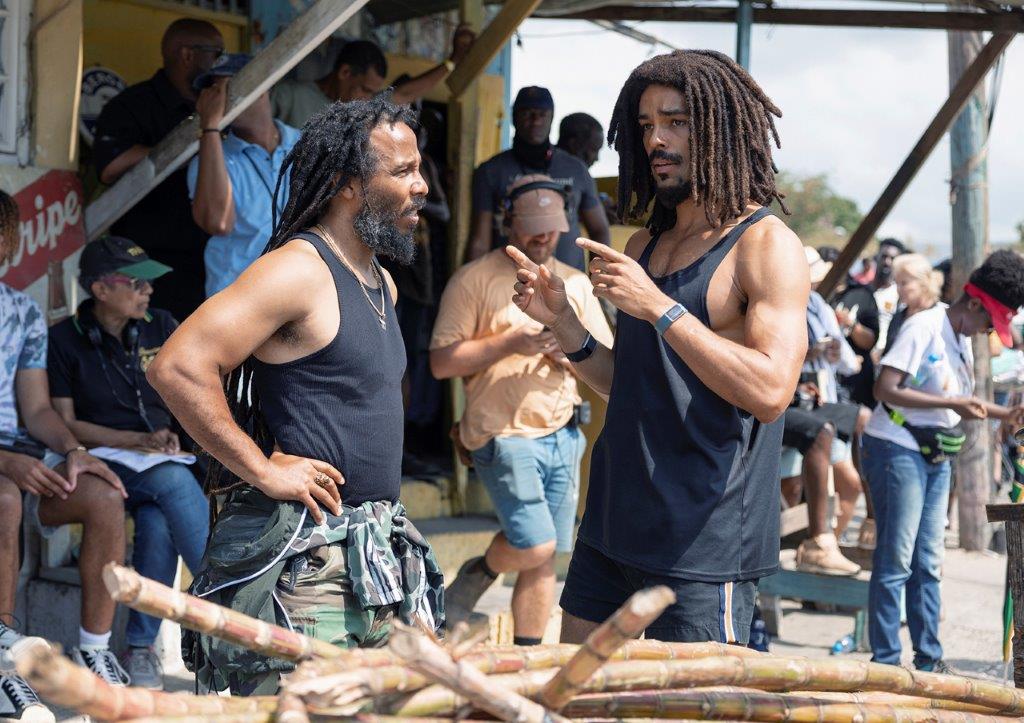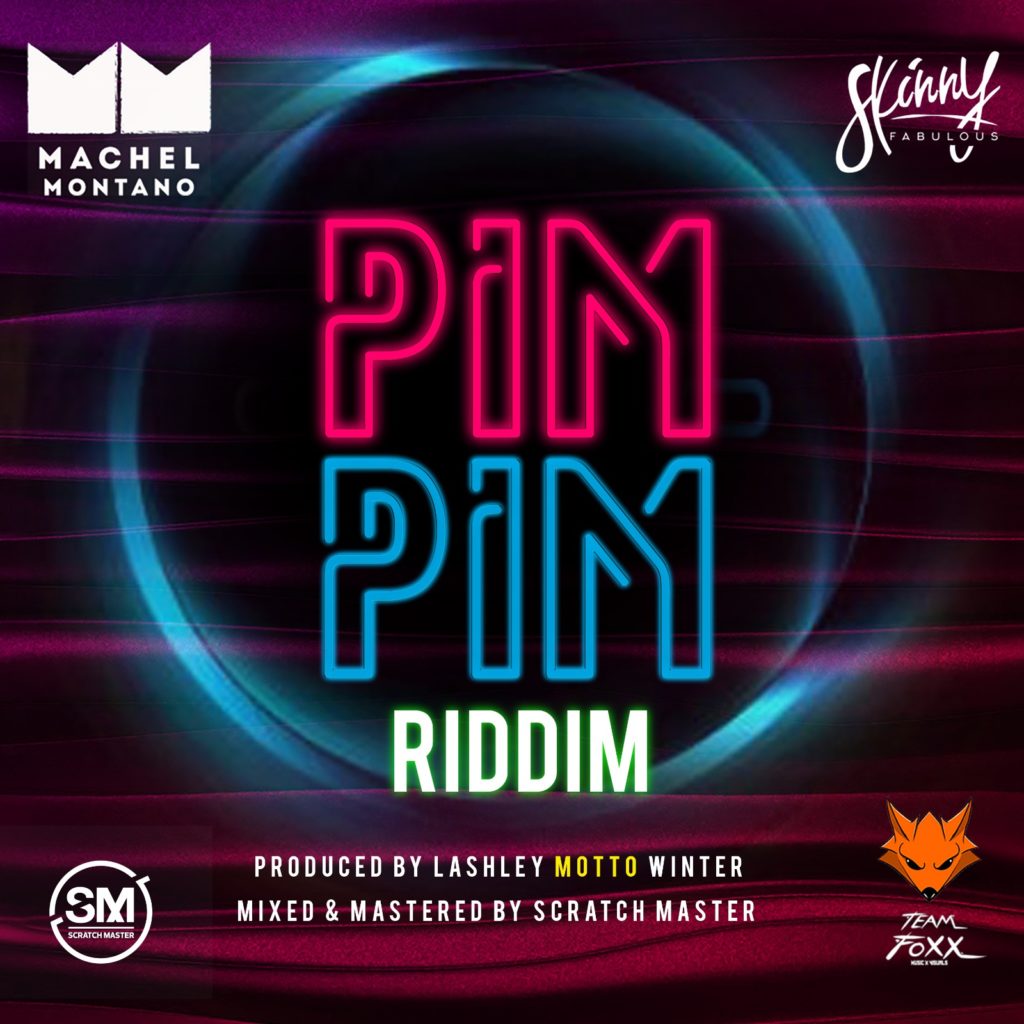The Copy and Past Carnival
Written by WinRadio Admin on November 26, 2017
Recently, the Ministry of Tourism in Jamaica launched Carnival in Jamaica as “The Caribbean’s Premier Carnival Destination”. For the 2018 carnival, they are projecting 400,000 visitors and US$1.5 Billion to be circulated within Jamaica’s economy.
It boasted of offerings such as fetes, breakfast parties, boat cruises, live concerts, paint j’ouverts etc. In addition, there will be a road march made up of four bands. This sounds familiar right? It could be because this carnival is not Jamaican. It is just being held in Jamaica. It is a copy and paste from carnivals across the Caribbean and from those in the Caribbean diaspora in North America. This formula works financially, so why shouldn’t the land of reggae and dancehall try to get a piece of the pie too?
One feature of the copy and paste carnival is that it could be pasted anywhere, even to sites that do not have a long history of carnival. For instance, the carnival in Jamaica is an export from Trinidad carried over firstly by the students at the UWI in Mona and later by musician Byron Lee. More recently, a new generation of party promoters are taking back aspects of the Trinidad Carnival to Jamaica with the intention of replicating its financial success. Hence, there is a proliferation of fetes, breakfast parties, paint j’ouverts, and beads, bikini, and feathers (bbf) costumes which are definitely copies (with very little tweaking) of what is seen in Trinidad.
However, the lack of a carnival history does not hinder the carnival business in copy and paste contexts because the motive is just that- business. One karnival entrepreneur in a promotional video, exhibited signs of someone ignorant of the history and culture of the festival, but her Wikipedia carnival knowledge is a non-factor in this commercial venture. In essence, it is about promoting the notion of having a good time and letting go of inhibitions especially among those who can afford to do so.
The copy and paste carnival must have a source, and that source also benefits from its commercial nature. The modelling of the Trinidad Carnival is on one hand an advertisement for the larger event in Trinidad (which has also copied from others). On the other, it works for local fete entrepreneurs who seek to export their brands and events to these destinations. Their copy and paste events add a Trini flavor to the carnival, therefore, giving the carnival in the destination site a sort of legitimacy. For instance, between March and April, 2017 there were approximately 40 fetes on the Jamaica Carnival calendar, and of these, 9 were fete brands from Trinidad. They were typically cruises, cooler fetes, drinks inclusive, or a combination. It is safe to say that an army from Trinidad had invaded the Jamaica carnival scene.
Furthermore, the local fetes used DJs and soca artistes from Trinidad to legitimize their events. These persons along with the local DJs (once they copied and pasted the Trinidad play list) also reaped benefits.
The costume bands are not left out of the profits afforded by the copy and paste carnival. It would be surprising if the largest band conglomerate from Trinidad did not jump on board getting their name in Jamaica to promote itself. At the same time, when bands in Jamaica have Trinidadian costume brands attached to it, again, the carnival is seen as more valid. Some of the bands depend on Trinidad (via China) for formulaic bbf costume designs and production. In 2017, there was even a scaled down costume termed “Sunday wear”, which was a non-creative twist on the ali express inspired “Monday wear” from Trinidad.
What does this mean for the Trinidad Carnival brand? There is no need for it to feel threatened because its place as the Caribbean’s premier destination will not be shaken. It must commend itself for creating something that is worthy of importing especially by a country that has created several cultural products. It is a big achievement to be welcomed in a context as a non-indigenous cultural form even if it is purely for an economic gain. For ambassadors like DJs, for example, this would mean representing Trinidad without fake accents and delusional aspirations of becoming dancehall DJs.
At the same time, a formula can be replicated so many times that its source becomes lost. A few of the Jamaican fetes and mas bands have been re-pasting carnival products in other sites as their own. In this sense, the Trinidad Carnival has to hold on to the aspects that are not played out in the formula. For the festival to maintain its position as the Greatest Show on Earth, the traditional and cultural aspects must be sustained in this commercial confusion. These are the elements that are ingrained in the psyche of descendants of African slaves and those who have contributed to what the carnival is today. These cannot be replicated in any commercial venture. Even so, the lesson here is the carnival can no longer be looked at as simply an annual event where everyone has a good time. It has to be seen as a serious and viable cultural industry that can be exported, and at the same time hold its own as a festival that is uniquely Trinbagonian .




